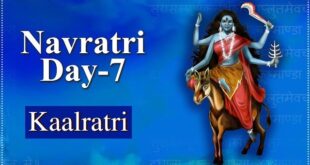The festival of Holi, also known as the “Festival of Colors,” is a traditional Hindu spring festival celebrated in India. It takes place on the full moon day in March and marks the arrival of spring. During Holi, participants play with colorful powder called “Gulal” and splash water on each other while saying “Happy Holi.” This joyful celebration transcends gender and caste differences. Originally, Holi was a prayer for agricultural success and a bountiful harvest. Over time, it merged with the exorcism rituals of Krishna’s legend and evolved into its current form. The tradition of throwing colorful powder and water originated from the practice of driving away evil spirits and purifying homes by throwing dirt and filth into them. The festival of Holi is celebrated with great enthusiasm throughout the country, and its history is deeply rooted in Hindu mythology and tradition, particularly the legends of Holika and Prahlad. The Holi bonfire, known as Holika Dahan, is based on the story of Holika and Prahlad from Hindu mythology. The festival originated in Erich of Jhansi in Bundelkhand, which was once the capital of Hiranyakashyap.
Check Also
नवरात्रि के छठे दिन मां कात्यायनी
नवरात्रि के छठे दिन (Navratri 6th Day) माता के अलौकिक स्वरूप मां कात्यायनी (Maa Katyayani) …
 Indian Culture A.C.N 635 605 551 Pty. Ltd.
Indian Culture A.C.N 635 605 551 Pty. Ltd.




